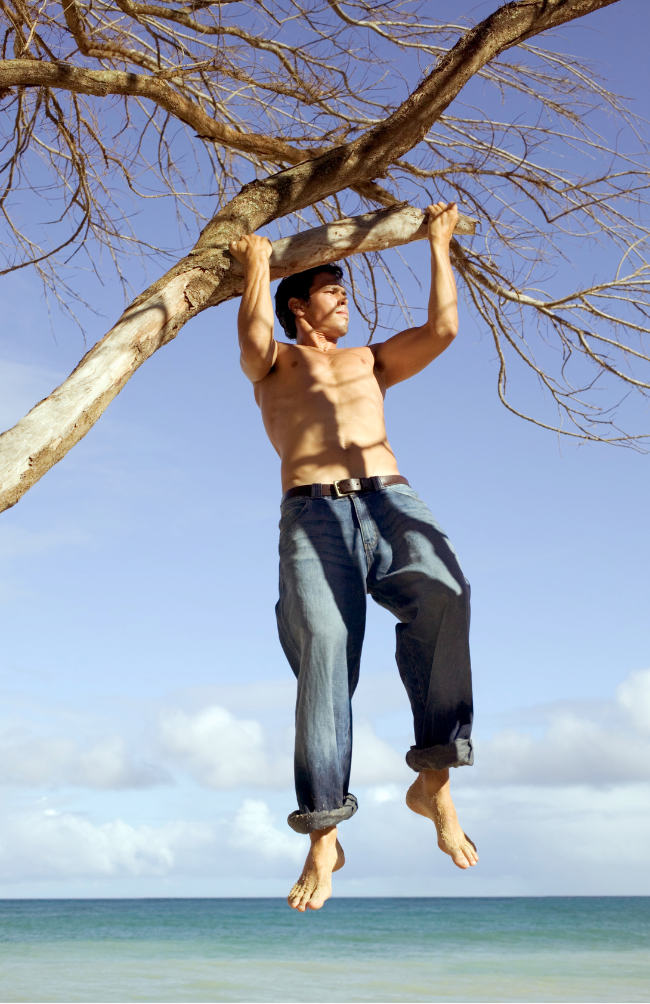No Gym? No Problem! Your Guide to Home and Outdoor Fitness
- Dominika Jackson

- Nov 6, 2024
- 3 min read

In the second half of the twentieth century, many traditional training systems were left behind as life became dominated by technology, fueled by the Industrial Revolution. Training methods began to change, especially after British athlete Thomas Inch invented the first plate-loading barbell in 1900. Think about it: generations ago, people didn't have gyms or resistance machines, yet they managed to build incredible power, strength, and flexibility without any special equipment. So why can’t you build the same strength by training at home?
Whether it’s a lack of time, distance from the gym, family commitments, or simply a preference to avoid the gym environment, there are plenty of reasons people choose to train at home or outdoors. Fortunately, there’s no reason you can’t reach your fitness goals in these spaces. You can loose weight, build muscle, and improve your strength and flexibility using just body weight or simple equipment you might have at home.
Benefits of Exercising at Home or Outdoors
Flexibility and Convenience: Training at home means you can save time by avoiding travel and choose the most convenient time of day for your workouts. You can keep an eye on your children, monitor cooking, and listen to your favorite music while you train.
Family Time: You can work out with your children, instilling a passion for fitness from an early age and teaching them good habits.
Comfort: You’re in your own space—your home, your rules. If you feel like exercising in pajamas, go for it!
Vitamin D: Outdoor training gives you valuable exposure to sunlight, which provides vitamin D and boosts energy.
No Time Limits: Unlike gyms with specific hours, you have total flexibility to work out whenever you choose.
More Space, No Crowds: At home or outside, there’s no need to wait for equipment or worry about crowded areas. You may even be surprised at how many household items or natural features, like trees and benches, can serve as workout equipment.
Cost Savings: Skipping the gym membership frees up money that you can put toward small pieces of equipment like mats or kettlebells, if you wish.
Family Bonding: Exercising together can be a fun and healthy way for families to spend time with each other.
Functional Fitness: Bodyweight training, especially outdoors, helps develop functional fitness skills
Potential Downsides of Training at Home or Outdoors
Distractions: At home, it’s easy to be distracted by household tasks and other responsibilities.
Commitment: For some, having a gym membership provides motivation to stick to their workout routines.
Trainer Availability: Gyms often have personal trainers on hand to assist with technique or offer advice.
Variety of Classes: Gyms typically offer a range of classes, such as aerobics, Zumba, yoga, Pilates, and more, that may not be available at home.
Weather: Outdoor training depends on the weather, which can limit outdoor options during extreme conditions.

Ultimately, the choice of where and how to train is yours. There are so many activities you can do anywhere, and you don’t need a gym to reach your fitness goals. That said, sports clubs do offer a wide variety of classes and resources for people of all ages.
Home Exercise Ideas
There are countless exercises you can do at home, with variations to suit any fitness level. Here are some ideas:
Push-Ups: For beginners, try wall push-ups or push-ups on your knees. More advanced options include full push-ups, single-leg push-ups, clapping push-ups, or push-ups with hands on a medicine ball or a Bosu ball.
Squats: Examples include shoulder-stand squats, supported squats, full squats, sumo squats, and, for advanced levels, assisted one-leg squats.
Back Exercises: Pull-ups using a bar (or even a sturdy tree branch!) offer many variations like jackknife pulls and band-assisted pull-ups. You can also try vertical pulls, back extensions, and different levels of bridging exercises.
Abdominal Exercises: Knee tucks, leg raises, Russian twists, side crunches, and planks are just a few core exercises you can do at home.
Shoulder Exercises: Try wall headstands, handstands, crow stands, and advanced push-ups against a wall.

Plyometric Training
Also known as "jump training," plyometrics involve maximum force exertion in a short amount of time. This type of training is excellent for improving strength, speed, and power, with exercises like jumping squats, box jumps, and plyometric push-ups.
As you can see, it’s possible to get a full-body workout at home without any specialised equipment. The choice of exercises, duration, and intensity should be based on your fitness goals, current level, and preferences.
Send me a message to discuss personalised coaching so you can train effectively at home or outdoors.
.jpg)



Comments